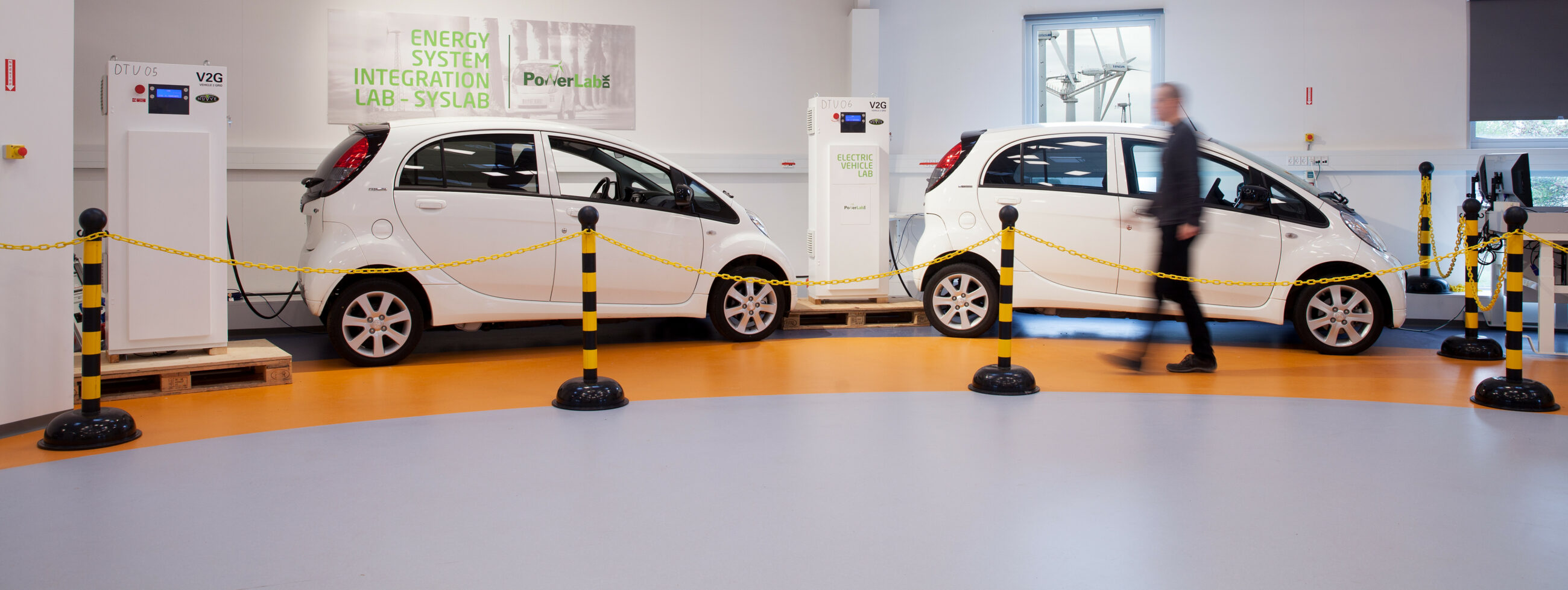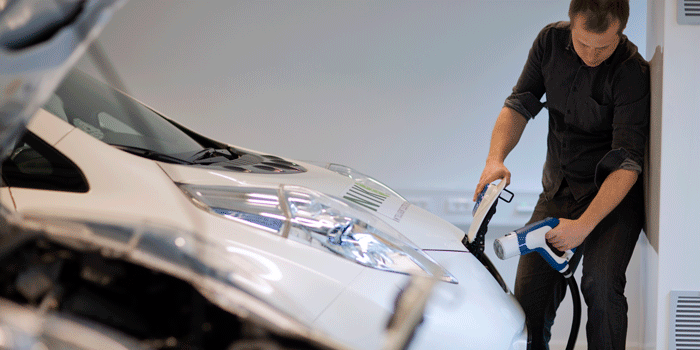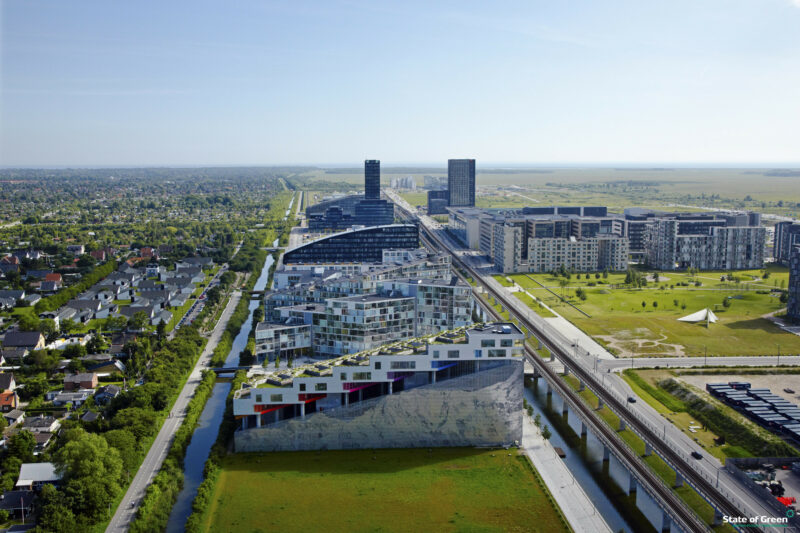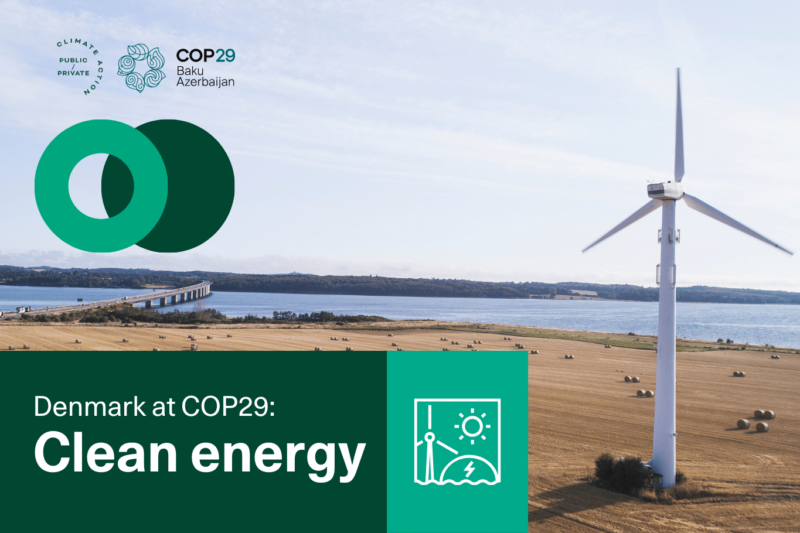News
Energy storage
Smart cities
Smart energy systems
+1
World’s first cross-brand V2G demonstration conducted in Denmark


“This is the first time, three major automotive brands come together to demonstrate cross-brand V2G just as it is the most thorough and systematic cross-brand V2G service demonstration ever conducted,” says Peter Bach Andersen, Senior Researcher at the Center for Electric Power and Energy, DTU Electrical Engineering and Project Manager of Parker.
With the demonstrations kicked off in the second half of 2017, the project has now demonstrated that the vehicles are operational and able to deliver services across brands. The first tests conducted by Parker included grid services such as frequency regulation, voltage support and stacking.
Several automotive brands enter the V2G market
For vehicles on a global scale to support the power system optimally, a universal definition for grid integration must be formed so that vehicles can connect with and balance the grid no matter brand and location, which is what the automotive brands Mitsubishi Motors Corporation, PSA Groupe and Nissan set out to do in Parker together with Enel, Nuvve, Insero, Mitsubishi Corporation and the Technical University of Denmark (DTU).
“Mitsubishi Motors Corporation is a pioneer in EVs and PHEVs and has been working on the use of these vehicles as a storage battery for more than 5 years. The V2G demonstration conducted here in Denmark is a study to utilise EVs and PHEVs as a power interchange tool for society,” says Vincent Cobee, Corporate Vice President at the Mitsubishi Motors Corporation, and continues: “We do expect EVs and PHEVs as social infrastructure will become more indispensable than ever before in the near future.”
Parker’s fleet of vehicles consist of seven Enel chargers and four different series produced state-of-the-art electric vehicles from the three different automotive brands mentioned above. The vehicles have already integrated the V2G technology and are thereby capable of providing electricity back to the grid, which not only demonstrates the acceptance of V2G in the automotive industry, but also the partners’ position as frontrunners of grid integration.
Peter Bach Andersen charging one of the Parker project's electric cars which also was part of the Nikola project Parker builds on (Photo:Torben Nielsen)
“We are proud to be a member of the Parker team, contributing our electric vehicle charging infrastructure technology as well as bringing in our expertise in smart grid development. For us, V2G presents significant business opportunities, and we are making great strides in the advancement of this technology within the overall smart grid development so we can assure a balanced power system based on renewable energy,” says Alberto Piglia, Enel’s Head of e-Mobility.
Demonstrations will continue in 2017
Prior to the first demonstrations which were recently conducted, Parker has made a comprehensive test plan, containing 11 services, which will be tested during the winter of 2017. Here, the project will among other things asses the vehicles’ ability to provide frequency regulation, grid overload prevention and do real-time charging in accordance with a CO2 signal which informs the vehicle of when the CO2 emission from energy producers are at their lowest.
“The first tests are the fundamental basis of the Parker project, creating a reference and validating a complex set of algorithms to deliver multiple services including frequency regulation and other ancillary services to the grid,” says Gregory Poilasne CEO of Nuvve Corporation. “Now that we have demonstrated that these vehicles can perform, the Parker project can focus on scalability and proceed to studying larger fleets integration on the Grid,” adds Poilasne.
By the end of the project period, which will run until July 2018, Parker will be able to define which grid services and technical capabilities electric vehicles across car brands must support, and how these are best combined to balance the power system. Such analyses will be conducted in 2018 where the project will also continue its work towards developing a Grid Integrated Vehicle (GIV) certificate and explore the most viable commercial opportunities for grid integrated vehicles.
Besides demonstrating on the beforementioned fleet, Parker is also interfacing with and pulling data from the Frederiksberg Pilot in Denmark, the world’s first commercial V2G hub. Furthermore, the project draws on the knowledge from previous projects, EDISON and Nikola, which laid the foundation for understanding the electric vehicle’s potential in balancing the Danish power system.
You should consider reading
solutions
Combined heat and power production
+6
CopenHill: The story of the iconic waste-to-energy plant
20 November 2024solutions
Energy efficiency in buildings
+2
Greening the UN one building at a time
20 November 2024publications
Combined heat and power production
+9
















